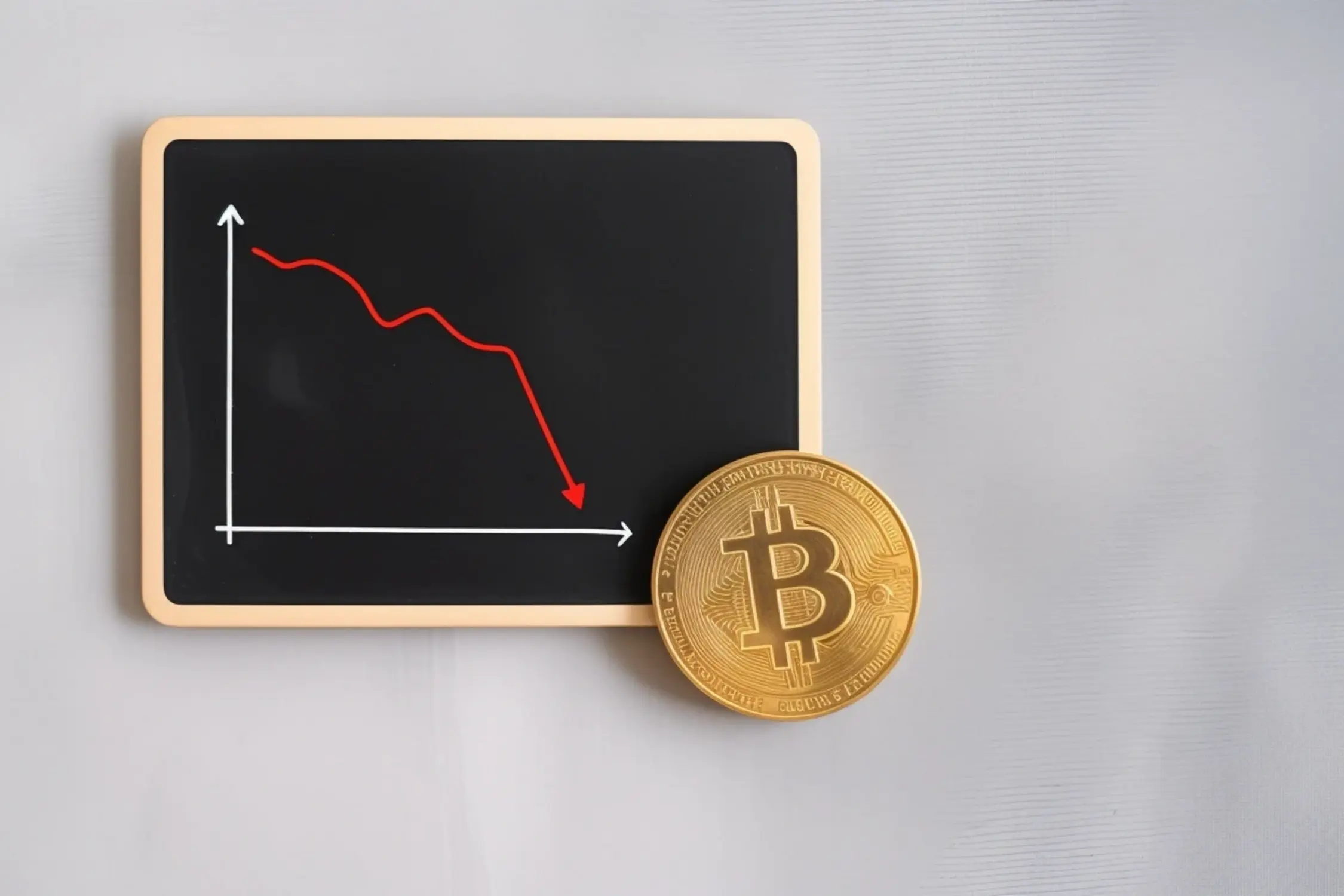Why Bitcoin’s 30% Drop Is Forcing Investors to Reassess the Crypto Landscape
The recent plunge of Bitcoin’s price by 30% has sent shockwaves throughout the cryptocurrency sector, compelling both retail and institutional investors to reevaluate their strategies. This significant downturn marks a critical moment for the crypto economy, as it highlights the volatility inherent in digital asset markets. Investors are now left to ponder the longer-term implications of such dramatic price movements.
Bitcoin’s Significant Price Drop
Bitcoin recently fell to its lowest point in seven months, a stark awakening for many investors. The digital currency’s decline not only wiped out significant gains made earlier this year but also contributed to an overall market downturn that saw more than $1 trillion vanish across the crypto space. Investors, from everyday buyers to major digital-asset treasury firms, are feeling the pressure as they confront this stark reality (Bloomberg).
Impact on Retail and Institutional Investors
The consequences of Bitcoin’s price drop resonate beyond mere numbers. Retail investors, who often approach cryptocurrency with enthusiasm and a long-term vision, now face uncertainty. Their portfolios, once buoyed by Bitcoin’s rally, may now look significantly diminished. For institutional investors, the crisis can provoke a reassessment of risk. Many institutions had allocated substantial resources to Bitcoin, gearing up for what they believed was a sustained upward trajectory. However, the rapid decline has prompted these entities to reconsider their allocations and possibly revise their long-term projections in the crypto economy.
Bitcoin’s Price Dynamics and Market Analysis
After peaking at just over $126,000 in early October, Bitcoin’s subsequent 30% drop has broken through critical resistance levels, alarming investors and prompting further withdrawal from the market (Bloomberg). This correction signals a loss of confidence among many traders, particularly those who engaged in leveraged trading, betting on a quick rebound.
Trends in Cryptocurrency
Market analysis reveals that this Bitcoin drop could signal a larger trend across the entire cryptocurrency spectrum. With many altcoins following Bitcoin’s lead, the current climate reflects a bearish sentiment that could dominate the next few months. Investors should pay close attention to overall market trends and adjust their strategies accordingly. It’s essential to recognize that the overall crypto market’s health is closely tied to Bitcoin’s performance, and any further declines could lead to significant cascading effects on broader crypto trends.
However, volatility can also spawn opportunities. For some shrewd investors, this drop may provide a buying chance at lower prices. Thus, market sentiment remains a critical element that will likely shape the next phase of the crypto economy.
Future Implications for the Crypto Economy
The implications of Bitcoin’s drop on the crypto economy extend well beyond immediate price corrections. This event serves as a reminder of the cyclical nature of cryptocurrency markets, where rapid ascents are often followed by sharp declines.
As more investors reassess their positions, the trends observed today may prompt stricter regulations in the future. Regulators might respond to the growing instability triggered by such drops, which could reshape how digital assets are traded and invested in. With the increasing entrance of institutional investors, a more regulated environment could foster greater long-term stability for Bitcoin and other cryptocurrencies.

In conclusion, while Bitcoin’s recent drop has certainly troubled many investors, it also highlights the volatile yet evolving nature of the crypto economy. Long-term strategies should factor in this volatility while remaining alert to shifting market sentiments and potential regulatory changes, shaping how digital assets are perceived and valued in the coming years.




















